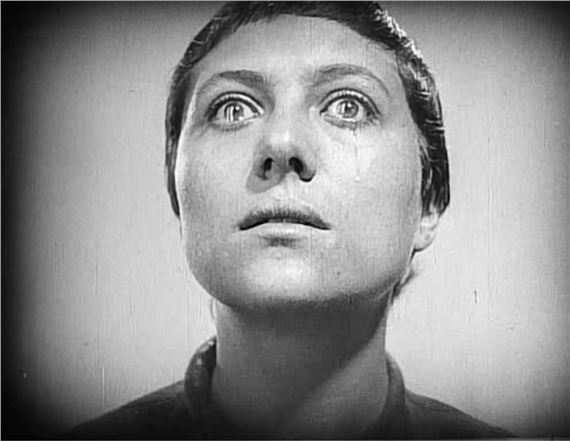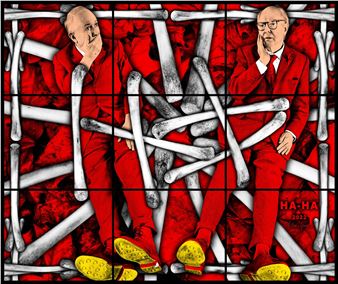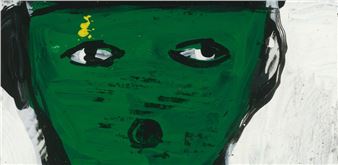The Madness Of Crowds
With the near utopian promises of the early Internet gradually betrayed by the mind warping opportunism of the tech sectorвҖҷs вҖңattention economyвҖқ, a creeping withdrawal from the broader social realm seems to have exposed and exacerbated profound rifts in AmericaвҖҷs political and social order.
Social mediaвҖҷs architecture of isolated digital platforms, sold under the pretense of вҖңfreeвҖқ competition for the attention of millions, is in fact tightly controlled through opaque algorithms, a stage managed, open sourced free for all that can veer from obsequious approval to venomous assaults. Having long merged with and infected our political and social worlds, a new tribalism prompts an endless search for targets, for what is вҖңnot IвҖқ or вҖңnot usвҖқ, where nuance, complexity and contradiction are purged in favor of pre-modern codes of justice meant to satisfy a totalizing world view.
Reminiscent of past eras of witch hunts and the feverish settling of scores and agendas that stir the emotions of a populace while disengaging them from meaningful political debate, the material and social infrastructure of public life is increasingly displaced by the endless friction of alluring sideshows that shout from a ubiquity of screens weвҖҷre mostly unable to detach ourselves from.
Provoked by others and provoking in return, the purpose of engagement shifts from the uncertainty inherent in pursuing common ground to the necessity of projection, of drawing attention, and of avoiding at all costs an ambiguous position that could be misread as being on the вҖңwrong sideвҖқ, lest it be noticed by unsympathetic crowds that assemble and pass judgment at lightning speed in the hyper-attentive realm of the Internet.
Centered around Carl Theodor DreyerвҖҷs The Passion of Joan of Arc, a 1928 silent film based on the actual record of the trial of Joan of Arc, The Madness of Crowds incorporates contemporary and historical art that might offer pause within a moment where technological promises of a united society of the future show signs of splintering and regressing into darker, fearful worlds that more closely resemble the past.

Recommended for you
With the near utopian promises of the early Internet gradually betrayed by the mind warping opportunism of the tech sectorвҖҷs вҖңattention economyвҖқ, a creeping withdrawal from the broader social realm seems to have exposed and exacerbated profound rifts in AmericaвҖҷs political and social order.
Social mediaвҖҷs architecture of isolated digital platforms, sold under the pretense of вҖңfreeвҖқ competition for the attention of millions, is in fact tightly controlled through opaque algorithms, a stage managed, open sourced free for all that can veer from obsequious approval to venomous assaults. Having long merged with and infected our political and social worlds, a new tribalism prompts an endless search for targets, for what is вҖңnot IвҖқ or вҖңnot usвҖқ, where nuance, complexity and contradiction are purged in favor of pre-modern codes of justice meant to satisfy a totalizing world view.
Reminiscent of past eras of witch hunts and the feverish settling of scores and agendas that stir the emotions of a populace while disengaging them from meaningful political debate, the material and social infrastructure of public life is increasingly displaced by the endless friction of alluring sideshows that shout from a ubiquity of screens weвҖҷre mostly unable to detach ourselves from.
Provoked by others and provoking in return, the purpose of engagement shifts from the uncertainty inherent in pursuing common ground to the necessity of projection, of drawing attention, and of avoiding at all costs an ambiguous position that could be misread as being on the вҖңwrong sideвҖқ, lest it be noticed by unsympathetic crowds that assemble and pass judgment at lightning speed in the hyper-attentive realm of the Internet.
Centered around Carl Theodor DreyerвҖҷs The Passion of Joan of Arc, a 1928 silent film based on the actual record of the trial of Joan of Arc, The Madness of Crowds incorporates contemporary and historical art that might offer pause within a moment where technological promises of a united society of the future show signs of splintering and regressing into darker, fearful worlds that more closely resemble the past.

 ARTISTS
ARTISTS













